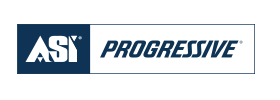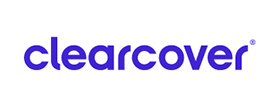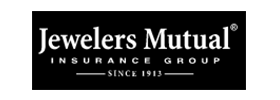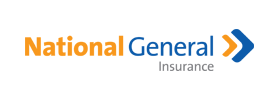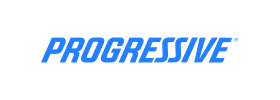As much as we love our home renovations, there’s no denying that the process can nevertheless be a stressful one. Some of that is due to the myriad of details, ranging from large choices like siding color and style to the smallest, like door stops or light covers.
And a good chunk of the stress can come from working with contractors. From personality styles to deadline stress, the homeowner-contractor relationship can be a tricky one.
To keep a project running smoothly and to reduce stress, consider these tips for working with a contractor:
- Communicate clearly and in detail. From the first walk-through to the final check, make sure you are clear in your expectations and goals. Put it all in writing, from the paint finish and number of coats to the projects a contractor needs to complete before getting that next check.
- Speaking of milestones — never get ahead on the money. In other words, pay the contractor enough to cover materials and some of the early work, and then draw up milestones that serve as a carrot. This is fair to both sides: the contractor isn’t working for free, and you aren’t in a position to lose money should a worst-case scenario happen, and the contractor stops showing up.
- Get referrals and visit construction sites. Any reputable contractor will gladly hand over referrals and welcome you to their job site. This gives you a look at finished projects as well as their style with in-progress work.
- Get multiple estimates. This may not be necessary with a small project — you probably don’t need three estimates for someone to install a toilet — but you should always get estimates from multiple contractors for mid-sized to large projects. Not only do you get a better idea of the price, but you could be surprised at how differently contractors may visualize the same job.






